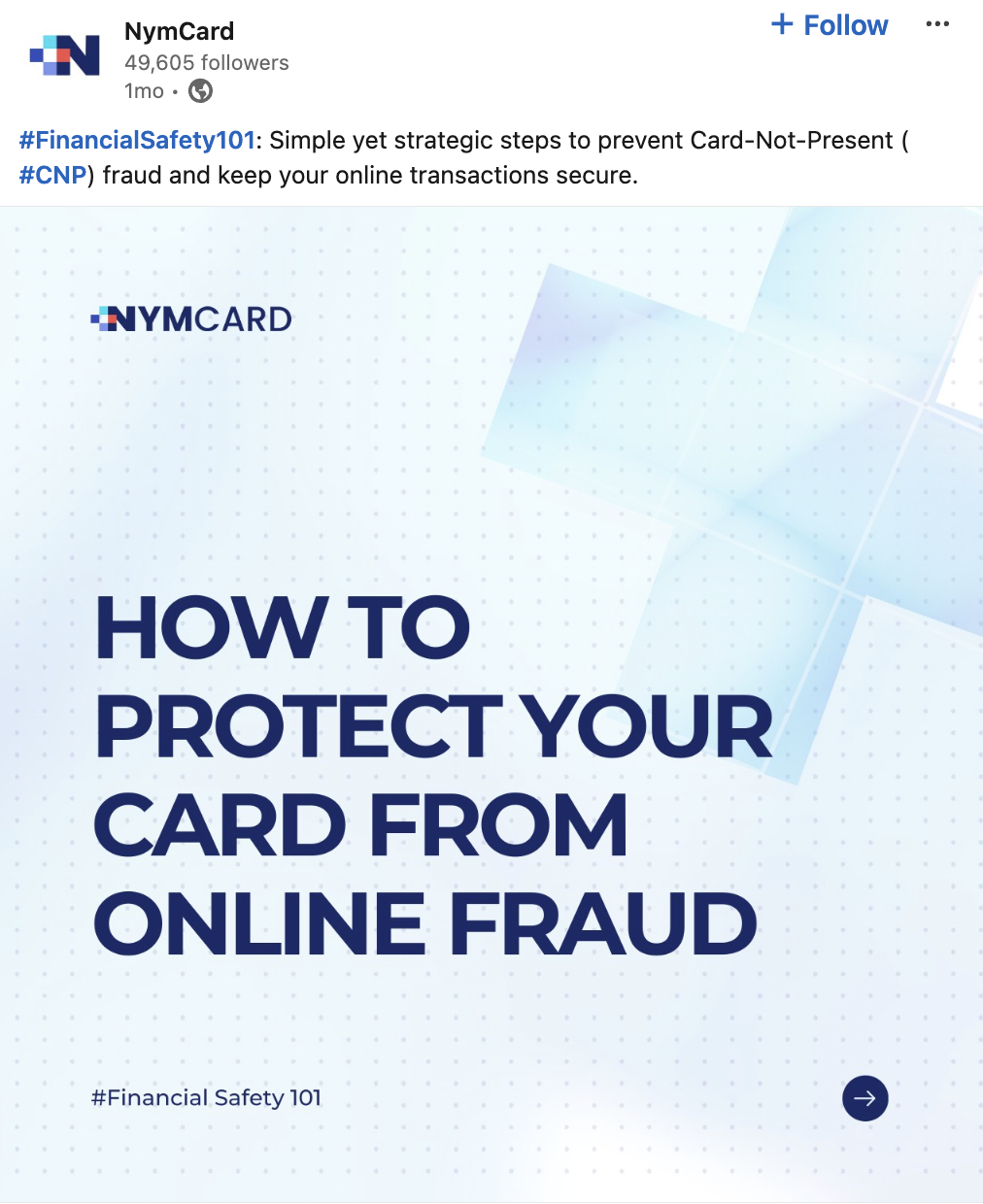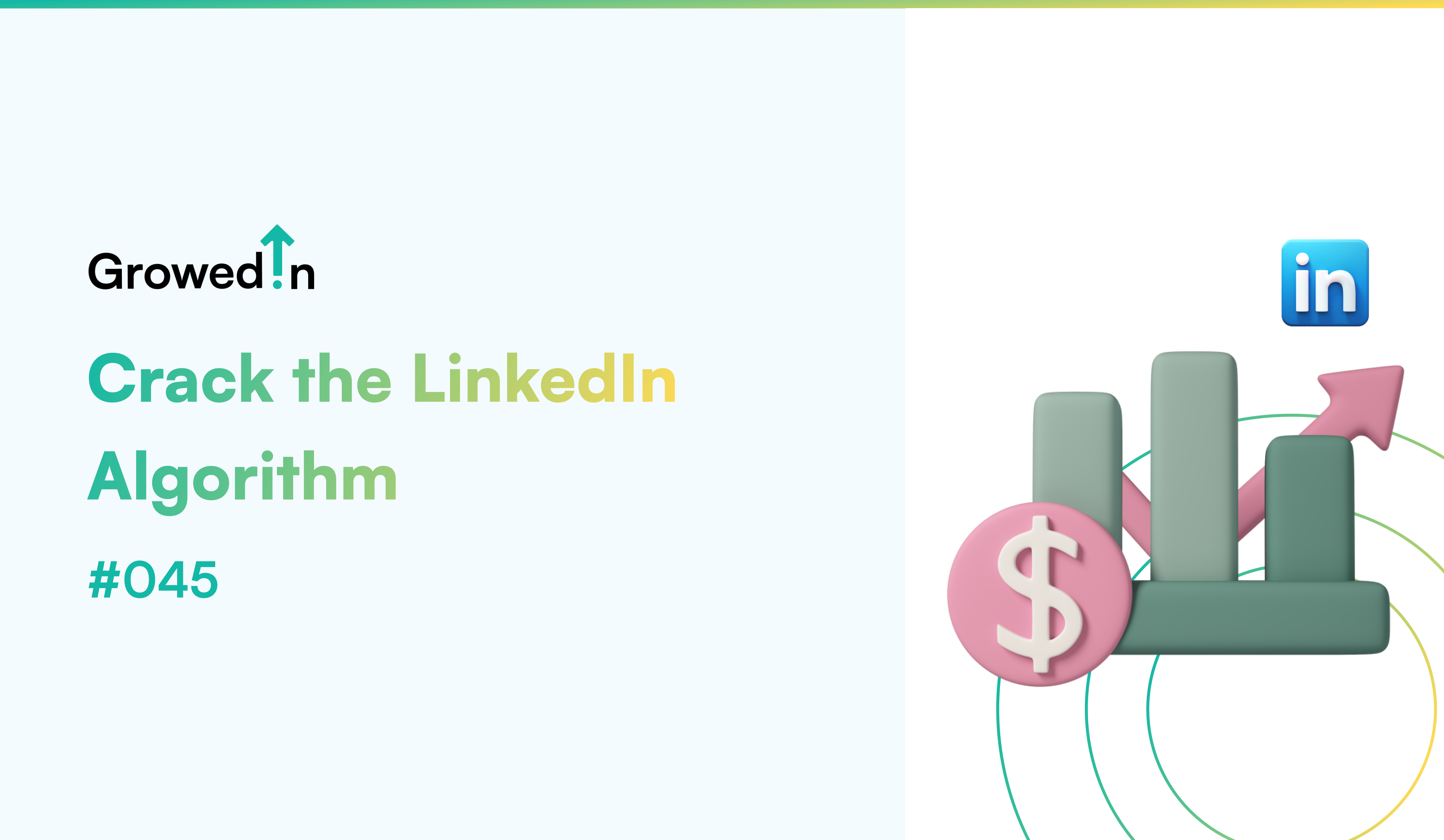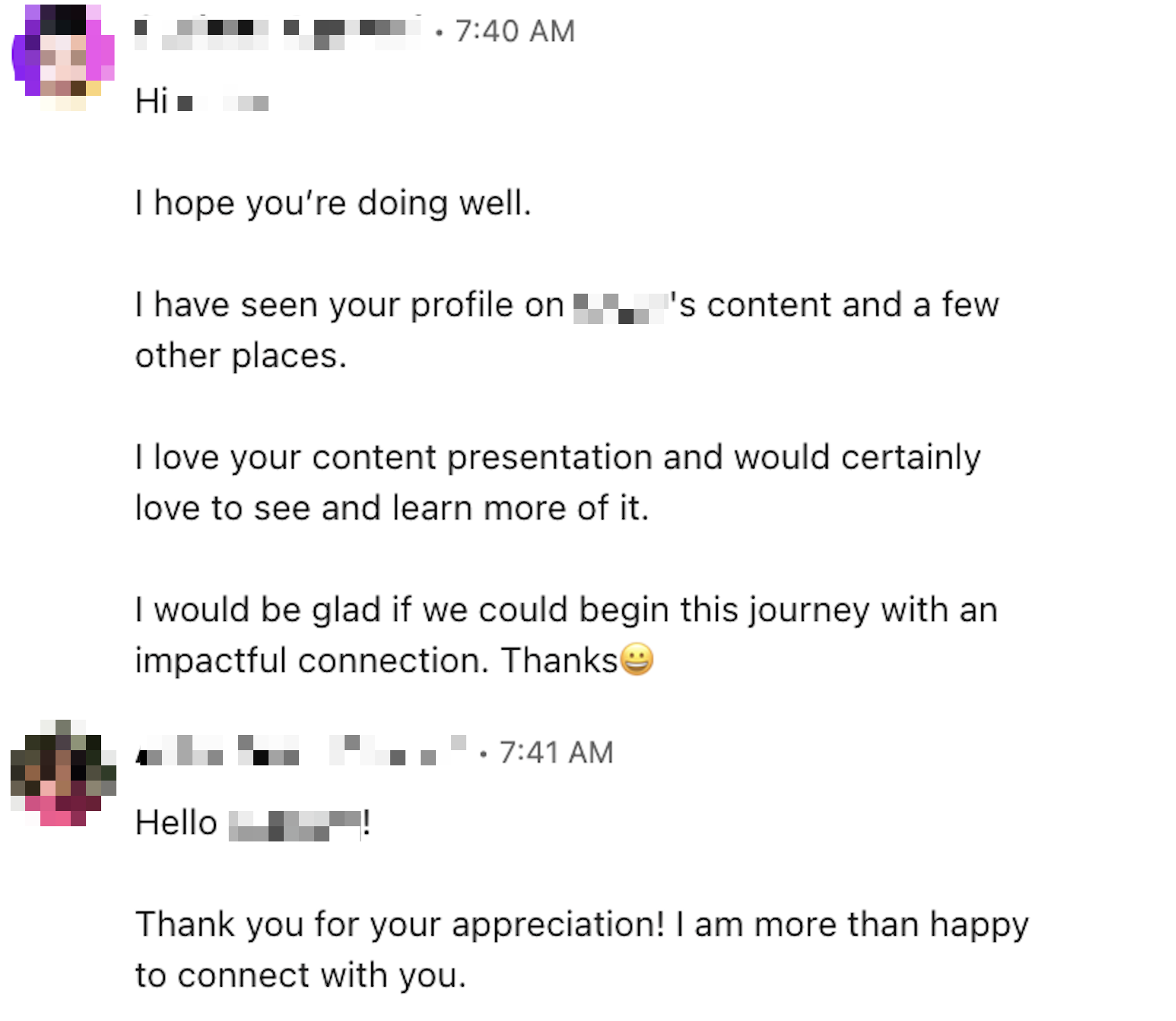#063 - The Science of Authority: How to Be Seen as a Leader
You’ve seen it happen.
Two people say the same thing—one gets traction, the other gets ignored.
Why do some leaders command instant credibility while others struggle, even with valuable insights?
The secret lies in authority psychology—not just expertise, but how expertise is perceived.
Let’s break down the science of authority and how you can use it to become a trusted leader.
1. The Halo Effect: Why People Assume Some Are Smarter
Ever notice how big-name CEOs, bestselling authors, or TED speakers are instantly trusted—even before they say anything insightful?
That’s the Halo Effect: a psychological bias where people assume that if someone excels in one area, they must be great in others too.
Example: A Nobel Prize-winning scientist could write a mediocre leadership book, but people will still buy it—because their past success carries over.
How to Apply This:
• Win in one niche first. Instead of being a generalist, become known for something specific. (e.g., "the go-to person for scaling 0 to 1 startups" instead of just "a business coach").
• Leverage credibility signals. If you have impressive credentials (reputed clients, speaking gigs, case studies), showcase them strategically.
Perception shapes reality. Make sure yours signals authority.
2. The Elements of Instant Authority
According to Dr. Robert Cialdini—renowned psychologist and author of Influence—several psychological triggers drive our perception of authority. By understanding and applying these triggers, you can dramatically increase your credibility and impact
A) Titles & Credentials
People trust visible proof of expertise. If you have:
✅ Industry certifications
✅ Prestigious job titles
✅ Media mentions
Example: If two professionals give startup advice, but one has "Investor at Sequoia Capital" in their LinkedIn headline—who will people take more seriously?
How to Apply This:
• If you have authority markers, display them in your LinkedIn headline & About section.
• If not, start small—participate in online discussions, get published, or contribute to industry reports.
B) Social Proof
Humans are wired for herd behavior. We look at what others believe before forming our own opinions.
Example: If a startup founder you admire shares a post and calls it brilliant, you’ll likely pay more attention to it.
How to Apply This:
• Create content that can get reshared by respected industry figures.
• Showcase testimonials, case studies, and collaborations with credible names.
C) Scarcity & Selectivity (Not Everyone Gets Access)
People value what’s hard to get.
Example: A high-end consultant charging $10,000 per hour seems more valuable than someone offering free advice—because access is limited.
How to Apply This:
• Instead of accepting every LinkedIn connection request, connect only with industry leaders, top clients, or high-value peers—and make it clear that your network is carefully curated.
• Instead of commenting randomly on LinkedIn posts, engage only with high-value posts or those from accounts where key industry players are active.
Selectivity = higher value.
3. The Authority Flywheel: How Influence Compounds Over Time
Authority doesn’t happen overnight—it snowballs.
Here’s how:
Content → Attention
• Posting valuable, contrarian, or expert insights builds credibility.
• Engaging with key industry figures boosts visibility.
Visibility → Trust
• The more people see your expertise, the more they trust it.
• Others start referencing and resharing your work.
Trust → Opportunities
• Speaking gigs, opportunities, and collaborations start coming to you.
• Your audience grows organically, leading to more influence.
Repeat the cycle.
Over time, your name becomes synonymous with expertise.
Most people know their industry well but don’t position themselves as authorities.
If you start applying these principles, expect people to pay closer attention to what you say. Because real authority isn’t claimed—it’s perceived.
What’s one authority-building move you’ll apply this week? Hit reply and let me know.














.png)























































































































































































































